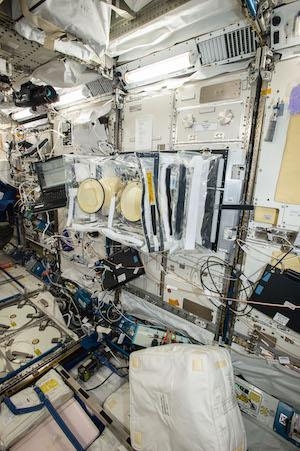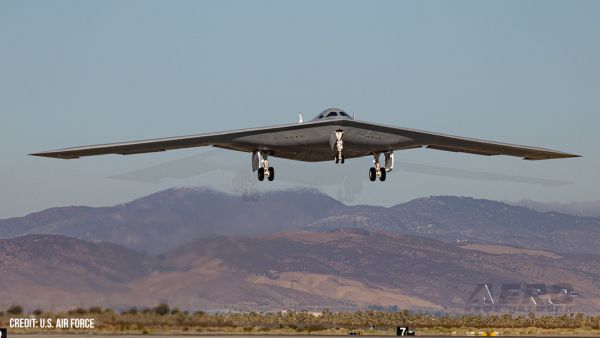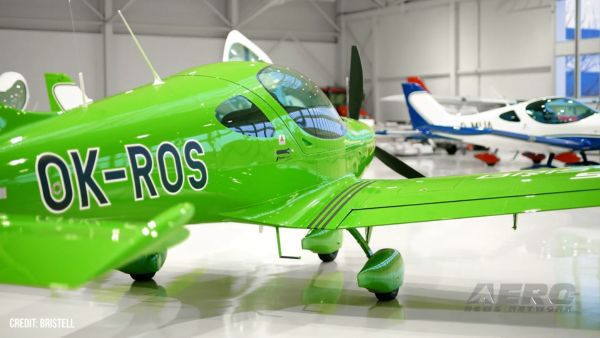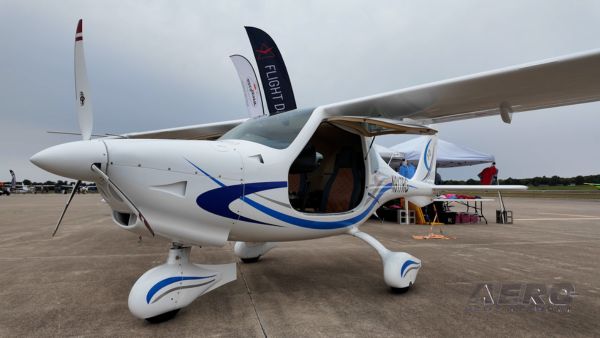Study Designed To Identify Specific Changes In Eye Tissue In Microgravity
Mice that flew aboard the International Space Station contributed to a variety of scientific studies through an innovative program that shares tissue samples with researchers around the globe.

One participating investigation, Mouse Epigenetics, is the first study to identify specific changes in eye tissue, particularly blood vessels, in response to microgravity. These results were recently published in the International Journal of Molecular Sciences.
The group of mice spent 35 days in the Habitat Cage Unit (HCU) installed in the space station’s Japan Aerospace Exploration Agency (JAXA) Kibo facility. Some mice were kept in the space station’s microgravity environment and others in artificial Earth gravity, or 1 g, produced by a rotating centrifuge in the HCU. The ability to produce this artificial gravity means that most environmental conditions associated with spaceflight remain, except the mice experienced the same level of gravity as on Earth. That allowed the researchers to test, for the first time, the effectiveness of using artificial gravity to reduce effects of exposure to microgravity.
Previous research suggests that one of the responses of the human body to spaceflight and microgravity is oxidative stress. An imbalance between the reactive oxygen generated by normal cell metabolism and the cell’s ability to handle toxic byproducts from that metabolism, oxidative stress produces peroxides and free radicals, unstable atoms that can damage cells. On Earth, oxidative stress is a normal beneficial cell process but in excess is associated with cancers, Parkinson’s disease, cardiovascular disease, and many other conditions.
The mouse epigenetics investigators wanted to examine whether the space-flown mice experienced increased oxidative stress and cellular damage in eye tissue, along with changes in proteins associated with various cellular functions in the eye. They also examined whether application of artificial gravity would lessen these changes.
Sure enough, the mice in microgravity experienced higher rates of apoptosis in retinal vascular cells than the mice in artificial gravity and controls on the ground. (Apoptosis, or programmed cell death, is the death of cells that are no longer needed in the body and is a normal part of growth and development.) Analysis also showed the mice in microgravity had significant alteration of proteins responsible for cell death, cell repair, inflammation and metabolic function in the eye.
“This is the first study to establish that there are some significant changes in the protein composition of the eye in microgravity,” said Michael Delp of Florida State University, one of the paper’s authors. “We believe oxidative stress may be the primary factor in damage of blood vessels in the eye, which we believe could play a big role in impairing vision both in microgravity and on Earth.”
A significant number of astronauts report vision impairment during their time in space that continues after returning to Earth, and its cause has been the subject of many studies aboard the orbiting laboratory. “We saw biomarkers for oxidative stress, which is significant because it suggests to us why the damage occurs,” said Xiao W. Mao of Loma Linda University School of Medicine and Medical Center in California and also one of the authors. “Once we know that, we can eventually develop countermeasures to crack the problem, not only for spaceflight but for age-related oxidative damage on Earth.”
The study also is the first to provide evidence that artificial gravity could provide some protection against such impairment. “Another big takeaway from this study is that application of artificial gravity can mitigate a lot of the worst effects we found,” Delp said.
The next step, the researchers said, is testing the potential protection from different levels of artificial gravity. This could provide insight into the effects on travelers to, for example, the Moon and Mars, which have a fraction of Earth’s gravity. In addition, researchers want to look at longer-term changes by keeping mice in space for 60 or 90 days.
This investigation represents the first NASA-JAXA publication from a collaboration under the Japan-U.S. Open Platform Partnership Program (JP-US OP3). “It was very important to our work that JAXA was willing to share tissue from the experiment,” said Mao. “All the collaboration and support was very important.”
Satoru Takahashi with the University of Tsukuba, Japan, was a principal investigator for the Mouse Epigenetics investigation. The research was supported by grants from NASA Space Biology, National Institutes of Health (NIH), and Loma Linda University Department of Basic Sciences. The University of Arkansas for Medical Sciences Proteomics Facility and Arkansas Children’s Research Institute Developmental Bioinformatics Core provided technical support.
(Image provided with NASA news release)
 ANN's Daily Aero-Term (09.13.25): Center Weather Advisory
ANN's Daily Aero-Term (09.13.25): Center Weather Advisory Aero-News: Quote of the Day (09.13.25)
Aero-News: Quote of the Day (09.13.25) ANN's Daily Aero-Linx (09.13.25)
ANN's Daily Aero-Linx (09.13.25) Classic Aero-TV: Hover Camera Passport - A Gesture Controlled Selfie Drone
Classic Aero-TV: Hover Camera Passport - A Gesture Controlled Selfie Drone Airborne-NextGen 09.09.25: Textron Nixes ePlane, Joby L/D Flt, Swift Approval
Airborne-NextGen 09.09.25: Textron Nixes ePlane, Joby L/D Flt, Swift Approval



